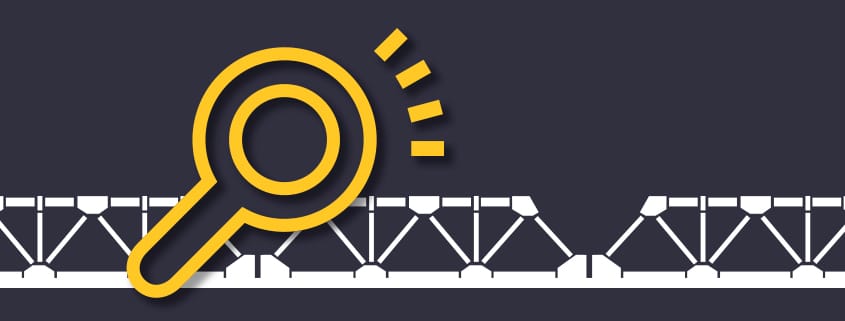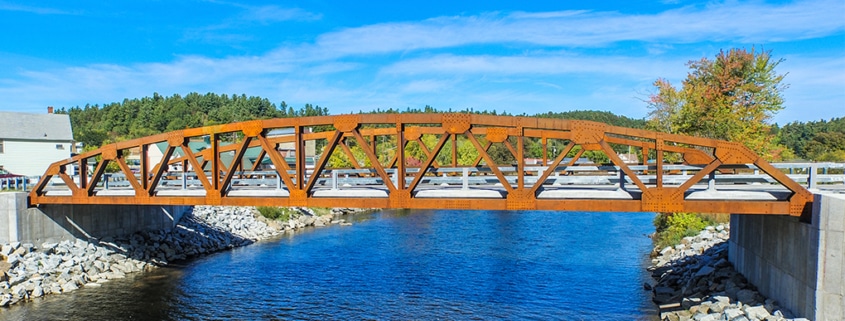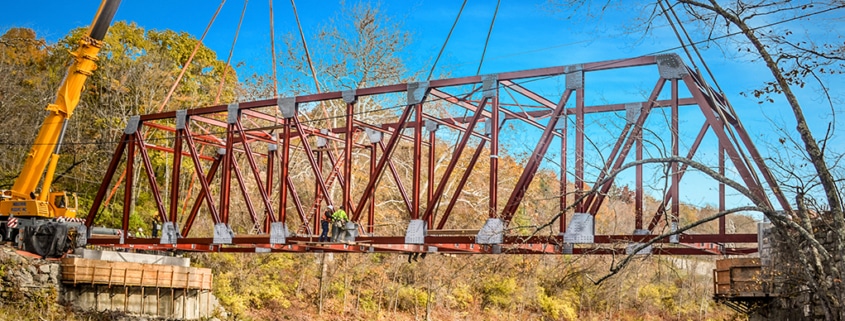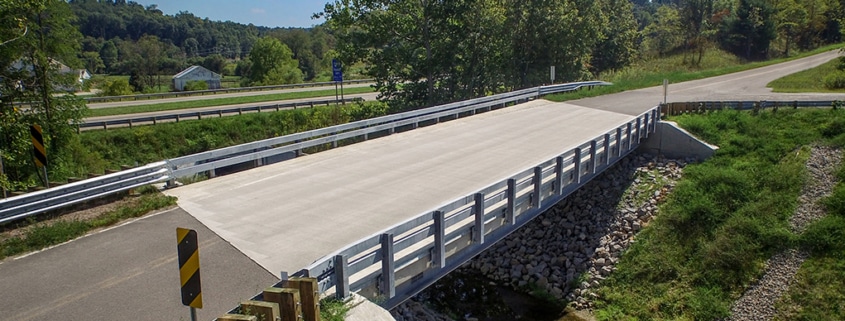One in nine bridges in the United States is structurally deficient, with an average age of 42 years old. The increase in structurally deficient bridges is giving way to development in the bridge inspection market. Sooner or later, these structures require inspections to identify significant maintenance, rehabilitation, or potential replacement.
The Rise of Bridge Inspection
Already, there is a rise in bridge collapses across the globe. Moving forward, more bridges will continue to destabilize due to changing climatic conditions, increasing traffic, and extreme weather events.
Demand for routine bridge inspections will rise at least four times its current level, according to research firm Fact.MR. The industry is projecting to reach a market valuation of $6.3 billion by the end of 2029, as federal governments consider funding solutions to support infrastructure.
Estimates from the same research expect routine bridge inspections to create an absolute dollar opportunity of $5 billion in the United States. Meanwhile, developing economies such as China, India, and Brazil are seeing a spike in infrastructure upkeep as well.
Benefits of Bridge Inspection
More than 40 percent of the 600,000 bridges in the United States are over 50 years in age. As more bridges require inspection, bridge inspection continues to evolve. It’s vital for owners to monitor the condition of bridges to apply timely maintenance and preservation before they become dangerous.
Above all, bridge inspections are key for owners to keep bridges in good condition and keep them from the “structurally deficient” label. Additionally, the structure can maintain a detailed history of maintenance and previous natural disaster damage over its life cycle.
In the long run, inspections save money for owners and keep the people in their jurisdiction safe. The federal guidelines require inspections of the National Bridge Inventory bridges every two years. It’s often difficult to complete these inspections within the timeframe due to the availability of infrastructure funds. However, encouraging the use of technological advancements in bridge inspection at every level including initial, routine, and in-depth inspections.
Inspection Technology has a Key Role in Expansion
Traditional bridge inspection methods are time-consuming, dangerous, costly, and inconvenient to travelers. Instead, many bridge owners are turning to technologically advanced methods of evaluating bridges that are non-destructive and automated. The most popular of these methods are drones with specialized sensors, which are preemptive in identifying weaknesses in bridges.
Drone technology is revolutionizing bridge inspections. Information from pre-programmed drone flights is giving bridge owners and engineers data to plan the maintenance and rehabilitation for bridges. Drones can reach tight areas and confined spaces without putting a life at risk. In short time, drones create a high-quality 3D image to transform data about the bridges in a much more efficient way.
As of 2018, over 30 state Departments of Transportation were already using drone technology to do inspections. Here are some of the significant uses for drones from Minnesota’s Department of Transportation study in bridge inspections:
- Average cost savings on a bridge inspection are 40%, without cutting man-hours
- Using thermal sensors and drones can detect concrete delaminations
- Reducing safety risks
- Gathering pre-inspection information for planning large-scale inspections
- Using drones is safe and effective in challenging conditions
Technology and methods for determining how to maintain bridge infrastructure continue to develop. Thus, more bridge owners continue to use it to decrease costs and assure the safety of more bridges. As a result, the bridge inspection marketplace will continue to grow with the development of technology as an important aspect for market players.
U.S. Bridge’s long-lasting bridges
U.S. Bridge focuses on strengthening infrastructure and bridge repair to connect communities. Our bridges are sustainable and safe, making transportation possible for people everywhere. Our bridge engineers meet the safety needs and design requirements to ensure durable quality prefabricated bridges. Get a quote online or visit our website for more information from our bridge experts.




